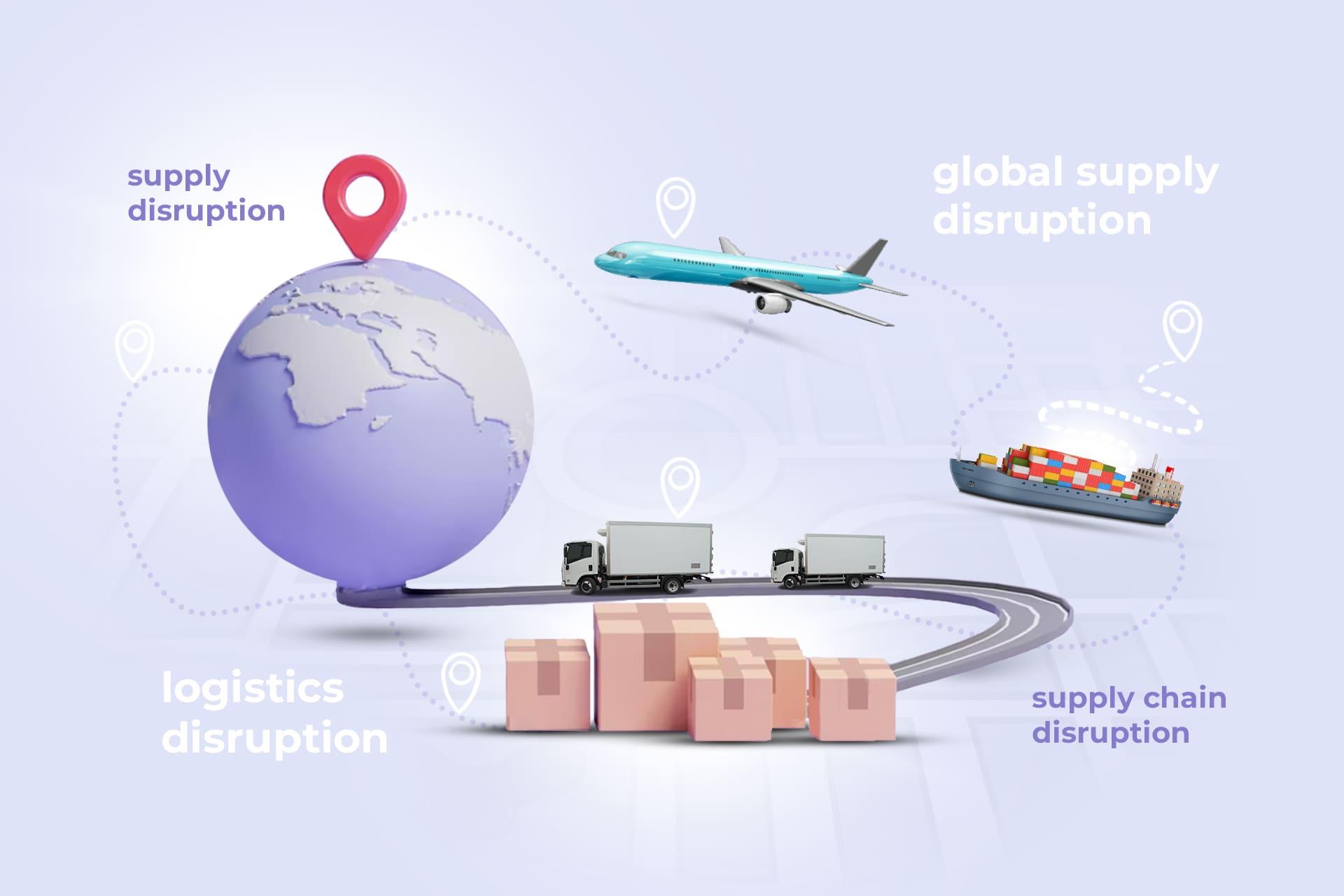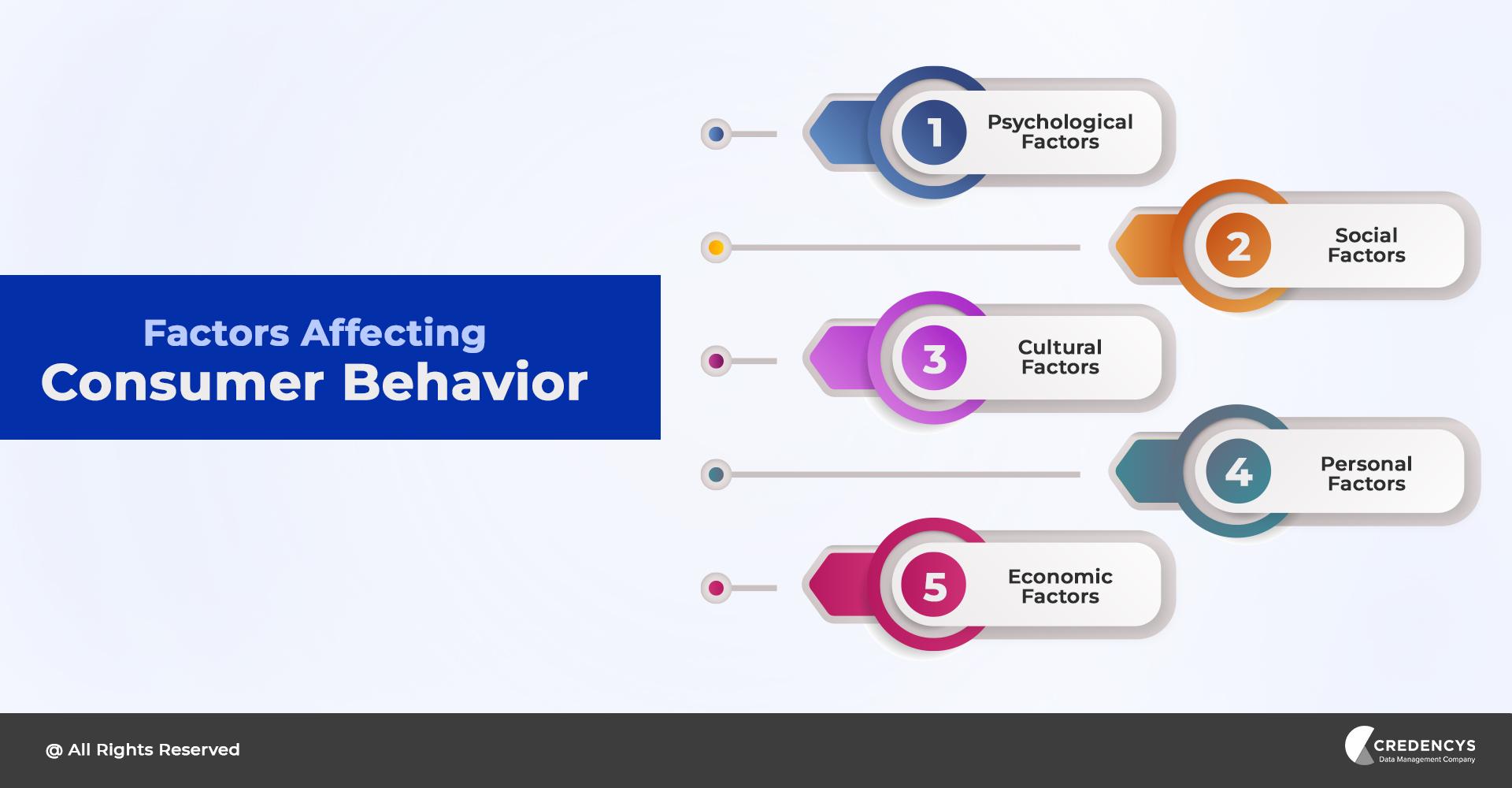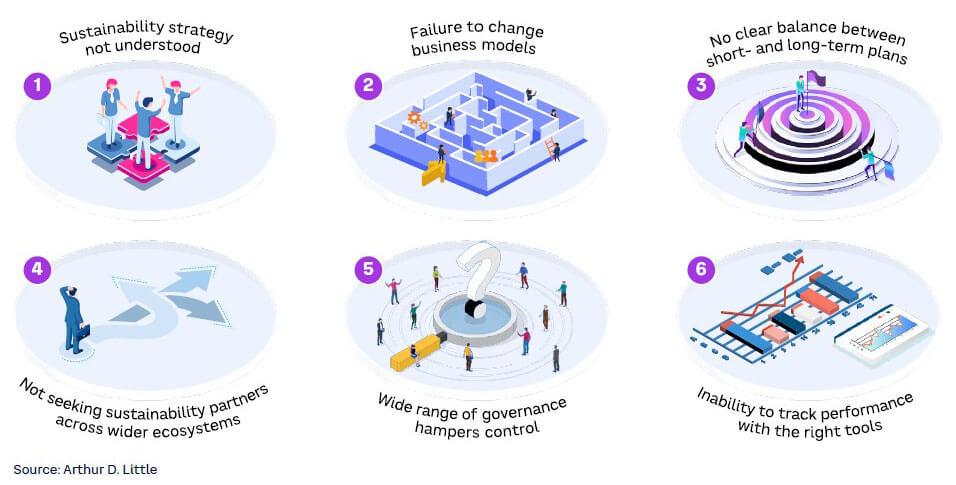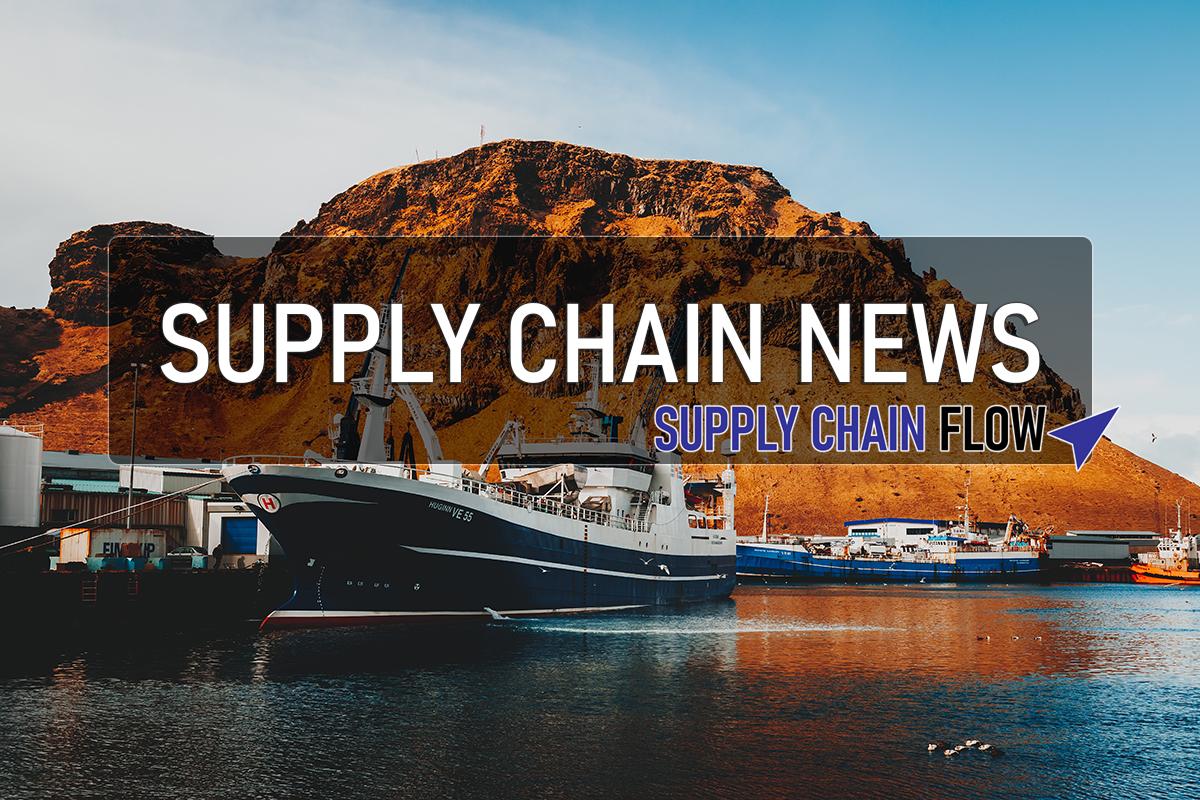Welcome to the latest edition of “Logistics Viewpoints,” where we unravel the intricate web of supply chain and logistics news from the week of February 2nd-6th, 2025. In this ever-evolving industry, every twist and turn, every innovation and collaboration, shapes the way goods move from Point A to Point B. Join us as we explore the latest trends, developments, and disruptions that are reshaping the future of supply chain and logistics. From cutting-edge technologies to industry challenges, this edition offers a complete view of the exciting landscape of supply chain management. So, let’s delve into the headlines and insights that are driving change and transforming the way we think about logistics in the new year.
Global Supply Chain Disruptions Continue to Impact Logistics Operations
In the realm of logistics, the ongoing global supply chain disruptions persist as a formidable challenge for businesses worldwide.From raw material shortages to transportation delays, companies are grappling with the adverse effects of these disruptions on their operations. The intricate web of interconnected suppliers,manufacturers,and distributors is experiencing unprecedented strain,leading to bottlenecks and inefficiencies in the logistics processes.
- shipping container shortages continue to hamper international trade routes.
- Production slowdowns in key manufacturing hubs further exacerbate the supply chain woes.
- Increased demand for air freight services as an alternative to sea transport.
| Country | Impact |
| China | Manufacturing delays affecting global production. |
| United States | Port congestion leading to shipment backlogs. |
The unpredictable nature of these disruptions underscores the importance of robust contingency plans and agile supply chain strategies. As logistics professionals navigate these turbulent waters, proactive decision-making and adaptability become key differentiators in maintaining operational resilience. Collaborative efforts between stakeholders, enhanced visibility through digital technologies, and strategic inventory management are pivotal in mitigating the impact of supply chain disruptions and ensuring the continued flow of goods to meet consumer demand.

Adapting to Changing Consumer Behavior in the Post-Pandemic Era
In the ever-evolving landscape of supply chain and logistics, businesses are facing the challenge of .With shifting preferences and expectations, companies are reevaluating their strategies to meet the new demands of the market.
Embracing digital solutions and automation has become essential for enhancing efficiency and agility in the supply chain. Companies are focusing on real-time tracking,predictive analytics,and AI-driven insights to optimize operations and respond swiftly to dynamic consumer needs. By leveraging technology, organizations can streamline processes and ensure seamless end-to-end logistics, providing a competitive edge in the evolving marketplace.

Leveraging Technology for Enhanced Supply Chain Visibility and Efficiency
Technology continues to revolutionize the supply chain industry, offering unprecedented visibility and efficiency enhancements. This week,companies are embracing cutting-edge solutions to streamline operations and meet the ever-growing demands of modern logistics.
Innovative tracking systems powered by IoT devices are gaining popularity, providing real-time data on shipment locations, temperatures, and conditions. Additionally, machine learning algorithms are optimizing route planning and inventory management, reducing costs and improving delivery times.

Navigating Sustainability Challenges in Modern Logistics Operations
This week in the world of supply chain and logistics, companies are facing a myriad of sustainability challenges that are reshaping the way modern operations are conducted. From reducing emissions to implementing eco-friendly packaging solutions, the industry is at a pivotal moment in addressing its environmental impact. Logistics companies are now actively seeking innovative strategies to minimize their carbon footprint and embrace more sustainable practices.
One notable development is the increasing adoption of electric vehicles for transportation, with major players in the logistics industry investing in eco-friendly fleets to reduce reliance on fossil fuels. Additionally, the shift towards greater transparency and accountability in the supply chain is driving companies to reassess their sourcing practices and ensure ethical standards are met. As the push for sustainability gains momentum,organizations are exploring new ways to optimize efficiency while prioritizing environmental stewardship.
In Summary
As we wrap up this week’s edition of “Supply Chain & Logistics News,” we have delved into the latest trends and developments shaping the industry. From groundbreaking technology to innovative strategies, the landscape of logistics is ever-evolving. Stay tuned as we continue to explore the exciting world of supply chain management, providing you with fresh insights and perspectives.Until next time, keep moving forward and embracing the challenges that come with navigating the complex web of supply chain and logistics.












